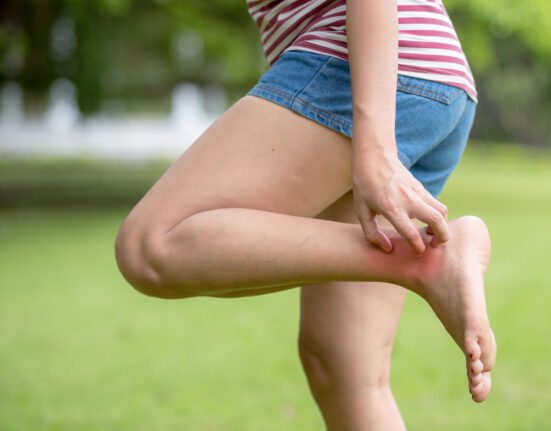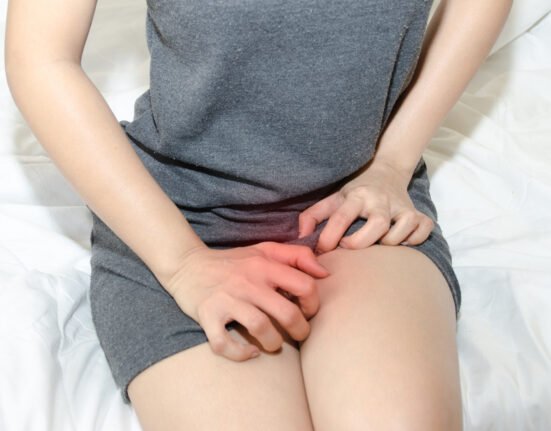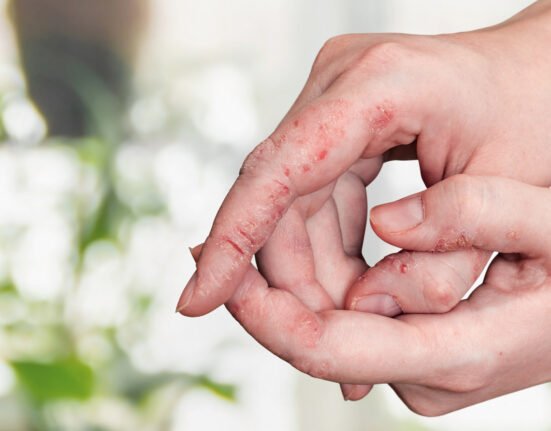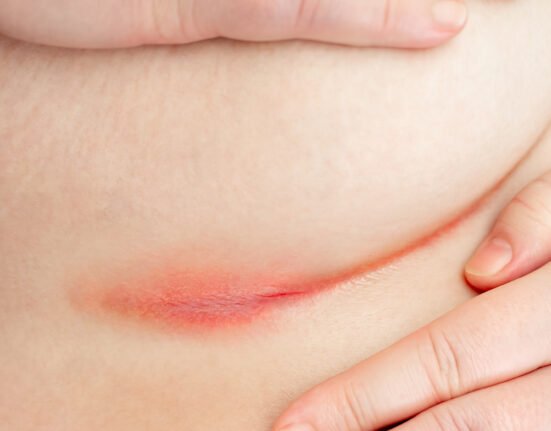People with diabetes should take good care of their bodies, especially their feet. Minor wounds, such as abrasions or scratches, can develop serious complications if not treated properly.
The American Podiatric Medical Association (APMA) reports that around 15% of people with diabetes develop wounds or foot ulcers, and some of these people end up in the hospital due to infection or complications.
Diabetic wound infections are typically caused by bacteria entering through an open wound. Nerve damage (neuropathy), which makes you unaware that you have a wound, and peripheral vascular disease (PAD), which slows healing, are the two most common causes of wound infection. The longer a wound takes to heal, the greater the risk of infection.
So That Wounds Don’t Become a Problem

There are several things you can do to prevent infection from the start:
- Check your feet every day. Look for abrasions, wounds, swelling, redness, or broken skin. Use a mirror if necessary, or ask someone at home for help.
- Wash your feet with warm water daily, then dry them thoroughly, especially between your toes. Excess moisture can encourage the growth of fungus.
- Moisturize your feet with lotion to prevent dry and cracked skin. Then, apply wund+™ Regeneration Cream to hydrate your feet for 24 hours. This product is suitable for all skin types and helps repair damaged skin barriers. Its micro silver content is effective against bacteria, fungi, and viruses.
- Trim your toenails regularly. If you experience any issues, consult your doctor or a podiatrist for assistance.
- Always check the inside of your shoes before wearing them. Ensure there are no sharp objects or rough surfaces that could cause skin injury.
If You Already Have a Wound, Be More Careful
If you already have a wound on your foot, there are several essential steps to help it heal and prevent further infection:
- Control your blood sugar well. High blood sugar reduces the effectiveness of white blood cells, making wound healing more difficult.
- Cover the wound with an appropriate bandage. A moist but not overly wet environment can facilitate a more rapid healing process. Some dressings also contain antimicrobial ingredients to fight infection.
- Reduce pressure on the wound area by avoiding excessive walking and prolonged standing. Special shoes or removable casts can help distribute pressure more evenly.
- Apply wund+™ Regeneration Cream to moisturize the skin.
To summarize, diabetic wounds can be severe if not treated. But with regular care and special attention, you can prevent infection and other significant complications. If you have a wound that is not healing, don’t hesitate to consult a doctor. The sooner you treat it, the better the results.
Reference
aafp.org. (2025). Preventing Diabetic Foot Infections.
mintstl. (2025). Essential Tips to Prevent Diabetic Wound Infections.














Leave feedback about this